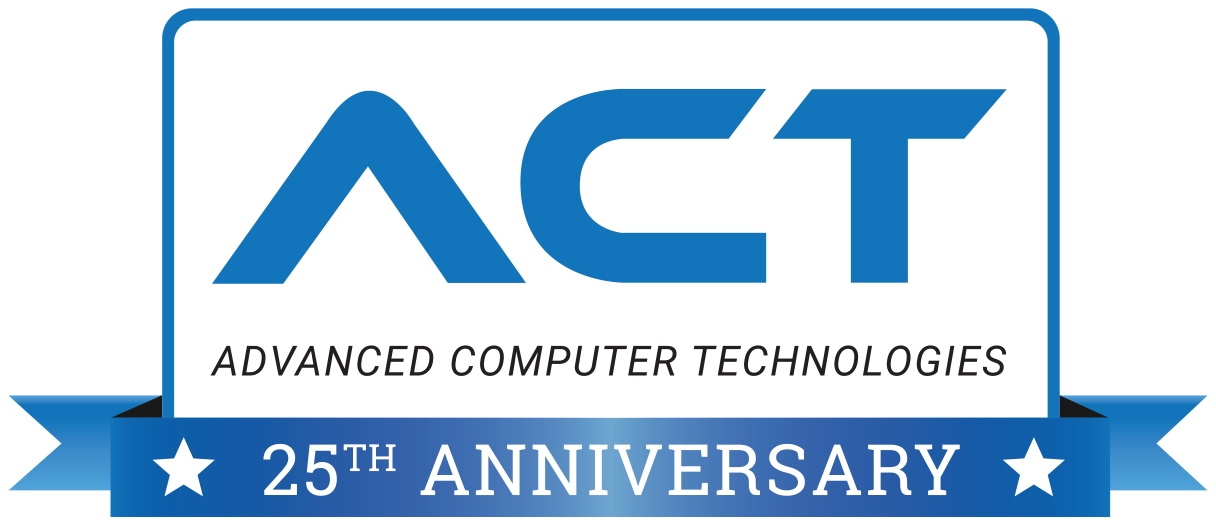Whether you’re grabbing a coffee or waiting for a flight, public Wi-Fi offers a convenient way to stay online. But convenience comes at a cost—cybercriminals are taking advantage of the trust we place in these networks to steal sensitive information. A particularly sneaky method they use is an Evil Twin Attack, which relies on creating fake but seemingly legitimate Wi-Fi networks. To understand how these attacks work, we first need to explore a powerful technology used both legitimately and maliciously—digital twins.
What is Digital Twin Technology?
Digital twin technology refers to the creation of a virtual model or digital replica of a physical object, system, or process. This technology enables real-time monitoring, simulation, and analysis by mimicking its physical counterpart’s behavior, performance, and dynamics in the digital space. For example, in industries like manufacturing, digital twins allow engineers to simulate various operational scenarios without affecting the physical object, offering real-time insights and optimizations.
In the context of Wi-Fi, digital twin technology can be used to create a virtual model of a Wi-Fi network, enabling real-time monitoring and optimization. Companies can use this technology to simulate network performance, identify bottlenecks, and test for vulnerabilities. However, in the world of cybersecurity, hackers have adapted this concept in harmful ways, such as through Evil Twin Attacks—a form of digital twinning used to deceive and exploit unsuspecting users on public Wi-Fi.
What is an Evil Twin Attack?
An Evil Twin Attack involves cybercriminals setting up a rogue Wi-Fi network that imitates a legitimate public Wi-Fi network, such as one you’d find at your favorite coffee shop. This fake network, or “digital twin,” is designed to trick unsuspecting users into connecting, thinking they’re using a safe, authorized network. By copying the SSID (the network name), hackers make it nearly impossible for users to differentiate between the real and fake networks.
Once a victim connects to the fake Wi-Fi network, the hacker can monitor and intercept any data transmitted over that connection. This means that passwords, emails, credit card information, or personal data can be stolen without the user realizing anything is wrong. Essentially, the hacker becomes a “man-in-the-middle,” eavesdropping on your activity and collecting valuable information to exploit later. In this type of attack, the hacker intercepts the communication between the user and the legitimate network, allowing them to spy on or manipulate the data being exchanged.
Why You Should Be Concerned
Public Wi-Fi is a breeding ground for these kinds of attacks because most users don’t think twice before connecting. We tend to assume that if a network name looks legitimate, it is safe. However, this assumption leaves us vulnerable to cybercriminals who have become incredibly adept at replicating network details with alarming accuracy.
The damage from an Evil Twin Attack can be severe. Once a hacker has access to your data, they can perform actions like:
- Stealing your credentials: Login details for email accounts, banking apps, or social media accounts can be stolen, potentially leading to identity theft.
- Monitoring your activity: The hacker can track everything you do online, including sensitive transactions or private messages.
- Infecting your device: Hackers may even use the fake network to plant malware on your device, allowing for continued exploitation even after you disconnect from the Wi-Fi.
How to Protect Yourself from Evil Twin Attacks
Protecting yourself from these attacks doesn’t require high-level tech skills, but it does involve being cautious and implementing a few key safety measures. Here’s how you can stay safe:
- Avoid Public Wi-Fi Whenever Possible: If you can, steer clear of public Wi-Fi networks altogether. The risks far outweigh the convenience, especially if you’re dealing with sensitive information.
- Use a Personal Hotspot: Instead of relying on public Wi-Fi, consider using your phone’s personal hotspot to access the internet in public spaces. A personal hotspot is generally more secure because it’s directly tied to your mobile data connection, which hackers can’t easily duplicate.
- Verify the Network: Before connecting, ask an employee or staff member to confirm the exact name of the Wi-Fi network. If something feels off—like duplicate networks or slow connectivity—disconnect immediately.
- Use a VPN: If you absolutely must use public Wi-Fi, consider using a Virtual Private Network (VPN). A VPN encrypts your internet traffic, making it much harder for a hacker to access your data, even if you’re on a compromised network.
- Invest in ACT’s Security Plus Package: With ACT’s Security team monitoring your devices around the clock, you can rest assured that when you connect to Wi-Fi, our network operations security team will block any unauthorized platforms attempting to run in the background and notify you immediately.
The Bottom Line
The convenience of public Wi-Fi should not come at the expense of your security. As hackers become more sophisticated, it’s critical to stay vigilant about the networks you connect to and adopt best practices to safeguard your personal data. Evil Twin Attacks might sound like something out of a movie, but they’re a very real threat. By being cautious, verifying the networks you connect to, and using security tools like VPNs, you can prevent your personal information from falling into the wrong hands.
Be cautious. Be aware. And always think twice before connecting to public Wi-Fi.
